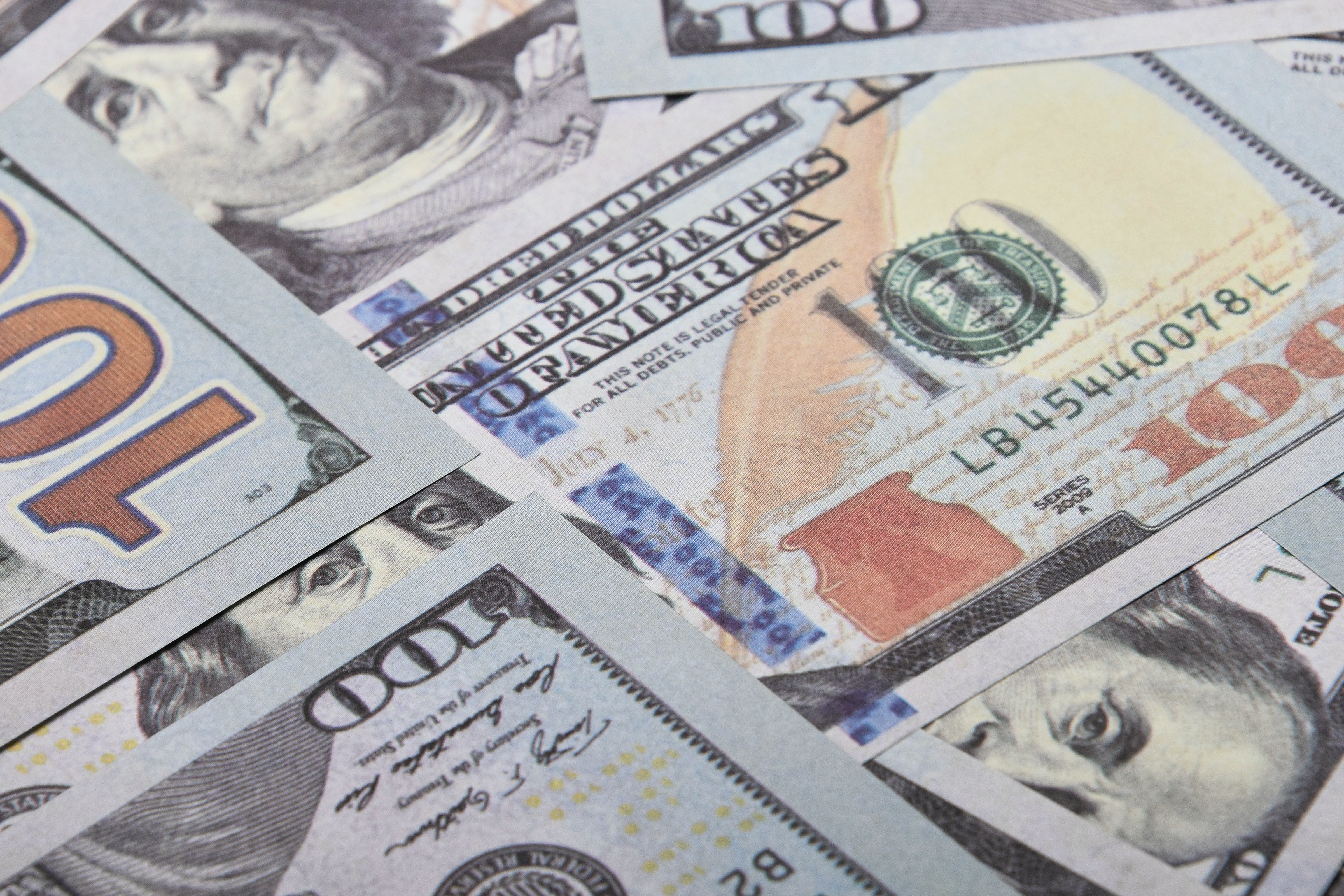Unlocking the Secrets of ATMs in Spain: A Guide to Fees, Acceptance, and Currency Exchange
GPT_Global - 2024-02-05 15:30:06.0 1421
Are there any fees associated with using ATMs in Spain?
Spain is a popular destination for tourists and expats alike, with its rich culture, delicious cuisine, and beautiful landscapes. However, if you are planning to visit or live in Spain, it is important to know about the fees associated with using ATMs in the country.
First and foremost, it is important to note that most ATMs in Spain charge a fee for withdrawals. This fee can vary from bank to bank, but it is typically around 2-3 euros per transaction. If you are planning to withdraw cash frequently, these fees can quickly add up and become a burden on your budget.
In addition to the ATM withdrawal fees, your home bank may also charge a foreign transaction fee for using an ATM in Spain. This fee can range from 1-3% of the total amount withdrawn, depending on your bank's policies. It is important to check with your bank beforehand to see if they have any partnerships with banks in Spain that offer fee-free withdrawals.
Another important fee to consider is the currency exchange rate. If you are using an ATM that is not affiliated with your bank, you may be subject to an unfavorable exchange rate, resulting in additional fees. It is always recommended to use ATMs that are associated with your home bank to avoid these fees.
If you are using a credit card to withdraw cash from an ATM in Spain, you may also be subject to cash advance fees. These fees can range from 2-5% of the amount withdrawn, and usually have a minimum fee as well. It is best to use a debit card for ATM withdrawals in order to avoid these additional fees.
In conclusion, while using ATMs in Spain may be convenient, it is important to be aware of the fees associated with them. To save money, try to plan ahead and use ATM's that are affiliated with your bank, and avoid using credit cards for cash withdrawals. This will help you to have a more enjoyable and budget-friendly experience while traveling or living in Spain.

Is it easy to find ATMs in Spain?
When traveling to Spain, it's important to have access to cash for meals, transportation, and other expenses. Luckily, finding an ATM in Spain is relatively easy.
Spain has a vast network of ATMs that can be found in most major cities and tourist areas. They are also commonly located in shopping centers, gas stations, and near popular attractions. This makes it convenient for travelers to access cash whenever needed.
Most ATMs in Spain accept major international debit and credit cards such as Visa, Mastercard, and American Express. However, it's always a good idea to check with your bank beforehand to ensure that your card will work in foreign countries and to notify them of your travel plans.
When using ATMs in Spain, it's important to keep in mind that there may be additional fees associated with the transaction. These fees can include a foreign transaction fee from your bank, as well as any fees charged by the local bank or ATM provider. It's best to withdraw larger amounts of money at once to minimize these fees.
In addition to traditional ATMs, many banks in Spain also offer online banking and mobile apps that allow you to withdraw money from your account without physically visiting an ATM. This can be a great option for those who prefer to limit their cash usage.
In conclusion, finding an ATM in Spain should not be a difficult task for travelers. With a large network of ATMs available and the ability to use major international cards, accessing cash for your trip should be a breeze. Just make sure to check with your bank regarding any foreign transaction fees and consider alternative options such as online banking if needed. Happy travels!
How do I know if a place in Spain accepts credit cards?
If you're traveling to Spain and plan on using your credit card for purchases or expenses, it's important to know which places accept credit cards. Here are some quick tips to help you determine if a place in Spain is likely to accept your credit card:
- Look for credit card logos: Many businesses in Spain will have stickers or signs displayed at the entrance or checkout area indicating which credit cards they accept. Some commonly accepted credit card logos in Spain include Visa, Mastercard, American Express, and Diners Club. So keep an eye out for these logos when you enter a store or restaurant.
- Ask the cashier or server: If you don't see any credit card logos, it never hurts to ask the person assisting you if they accept credit cards. They will be able to tell you right away whether or not they can process your transaction with a credit card.
- Check the payment options on their website: Many businesses in Spain will have their accepted payment options listed on their website. So if you're planning ahead and know where you want to shop or eat, take a look at their website beforehand to see if credit cards are accepted.
- Carry cash as a backup: While most larger establishments in Spain will accept credit cards, smaller businesses like local markets or family-owned shops may only accept cash. It's always a good idea to have some cash on hand just in case your credit card isn't accepted.
Is tipping customary in Spain?
As a popular tourist destination, Spain is known for its vibrant culture, delicious cuisine, and friendly locals. But when it comes to tipping, many visitors may be unsure of the customs and expectations in this country.
In general, tipping is not customary in Spain, as service charges are usually included in the bill. However, it is still appreciated to leave a small tip for exceptional service. This is typically around 5-10% of the total bill. For example, in restaurants, it is common to round up the bill or leave a few extra euros as a gesture of appreciation for the server.
When it comes to other services, such as taxis, hairdressers, or hotel staff, tipping is also not expected but can be given as a sign of gratitude for exceptional service. Again, a small amount, such as rounding up the fare or leaving a couple of euros, is sufficient.
It's important to note that unlike some other countries, tipping is not seen as mandatory in Spain. It is purely a personal decision and should not be seen as an obligation. Additionally, it is not common for service workers to rely on tips as their main source of income.
It's always a good idea to carry some cash on hand for tipping, as many places do not have the option to add it to the bill. And if you're unsure whether to tip or not, simply ask the service worker directly for their preference. By being respectful and understanding of the tipping customs in Spain, you can ensure a pleasant experience for both yourself and those who provide services to you.
Can you pay with US dollars in Spain?
When traveling to a foreign country, one of the common concerns is whether you can use your own currency for payment. For those planning a trip to Spain, you might be wondering if US dollars are accepted in this European country.
The short answer is no, US dollars are not accepted as a form of payment in Spain. The official currency of Spain is the euro, which is used in all transactions and businesses throughout the country. While some tourist attractions or larger stores may accept US dollars, it is not a reliable or recommended method of payment.
In order to avoid any inconvenience during your trip to Spain, it is best to exchange your US dollars for euros before you leave. You can do this at a currency exchange office or even at your local bank. Keep in mind that the exchange rate may vary, so it is wise to compare rates before making the transaction.
If you don't have time to exchange your currency before your trip, you can also withdraw euros from an ATM in Spain using your debit or credit card. However, be aware that your bank may charge international transaction fees, so it is important to check with your bank beforehand to avoid any surprises.
Another option is to use a remittance service, which allows you to transfer money from your US bank account to a Spanish bank account in euros. This can be a convenient and cost-effective method of obtaining euros during your stay in Spain. Just make sure to choose a reputable service with competitive exchange rates.
It is also worth noting that most major credit cards are widely accepted in Spain, so you can use your card for purchases as long as you inform your bank of your travel plans beforehand. This will prevent any potential issues with your card being declined due to suspected fraudulent activity.
In conclusion, while US dollars are not accepted as a form of payment in Spain, there are various options for obtaining euros during your trip. It is recommended to exchange your currency before leaving for Spain or use a remittance service for convenience and cost-effectiveness. And don't forget to inform your bank of your travel plans to avoid any issues with your credit or debit card. Enjoy your trip to Spain!
Are there any special considerations for exchanging money in Spain?
If you are planning to send money to Spain, there are a few things you should know about exchanging money in the country. Spain is part of the European Union (EU) and uses the euro as its official currency. This means that if you are coming from another EU country, you will not have to worry about exchanging your currency as the euro is widely accepted throughout the EU.
However, if you are coming from a non-EU country, you will need to exchange your currency for euros. The best way to do this is to use an authorized currency exchange provider, such as a bank or exchange office. It is important to compare exchange rates and fees to find the best deal.
Another consideration when exchanging money in Spain is the method of transfer. You can choose between using a bank transfer, which is a safe but slower option, or a money transfer service, which may be faster but could incur higher fees. It is important to research and compare the different options to find the most cost-effective and convenient method for you.
When making a money transfer to Spain, you will also need to provide certain information, such as the recipient's name, bank account number, and SWIFT/BIC code. Make sure to double-check all the details before initiating the transfer to avoid any delays or errors.
It is also important to be aware of any potential scams when exchanging money in Spain. Always make sure to use a reputable and authorized provider to avoid falling victim to fraud. If you have any doubts, it is best to seek assistance from a financial professional.
In conclusion, exchanging money in Spain requires some careful consideration. Make sure to research and compare exchange rates and fees, choose the best transfer method for your needs, and be cautious of potential scams. By keeping these factors in mind, you can ensure a smooth and secure money transfer experience in Spain.
What currencies can be easily exchanged for Spanish money?
The official currency of Spain is the euro, which became its sole legal tender in 2002. This means that Spanish money can only be exchanged for euros within the country. However, many types of currency can be easily exchanged for euros prior to traveling to Spain, making it a convenient destination for tourists and expats.
One of the most common currencies exchanged for the euro is the US dollar. This is due to the strong economic ties between the two countries and the popularity of Spain as a tourist destination for Americans. Most banks and currency exchange offices will readily accept US dollars for conversion into euros at the current exchange rate.
The British pound is also a widely accepted currency for exchange in Spain, as the UK has strong trade relations with the country and many British expats have second homes or live in Spain permanently. Additionally, the Japanese yen and Chinese yuan are also commonly exchanged for euros, as Spain has a significant number of tourists and investors from these countries.
Other European currencies, such as the Swiss franc and Swedish krona, can also be easily exchanged for euros in Spain. This is due to the country's location in Europe and its use of the euro as its official currency.
Besides physical currency, many banks and exchange offices in Spain also offer the option to exchange international bank transfers, such as funds from a US or UK bank account, for euros. This can be a convenient option for those who need to transfer large sums of money or receive payments from abroad.
In conclusion, while Spanish money can only be exchanged for euros within the country, there are various international currencies that can be easily exchanged for euros before or during a trip to Spain. This makes it a convenient destination for travelers and expats alike, as they can easily convert their money without having to worry about carrying large amounts of cash or dealing with complicated exchange processes.
About Panda Remit
Panda Remit is committed to providing global users with more convenient, safe, reliable, and affordable online cross-border remittance services。
International remittance services from more than 30 countries/regions around the world are now available: including Japan, Hong Kong, Europe, the United States, Australia, and other markets, and are recognized and trusted by millions of users around the world.
Visit Panda Remit Official Website or Download PandaRemit App, to learn more about remittance info.



